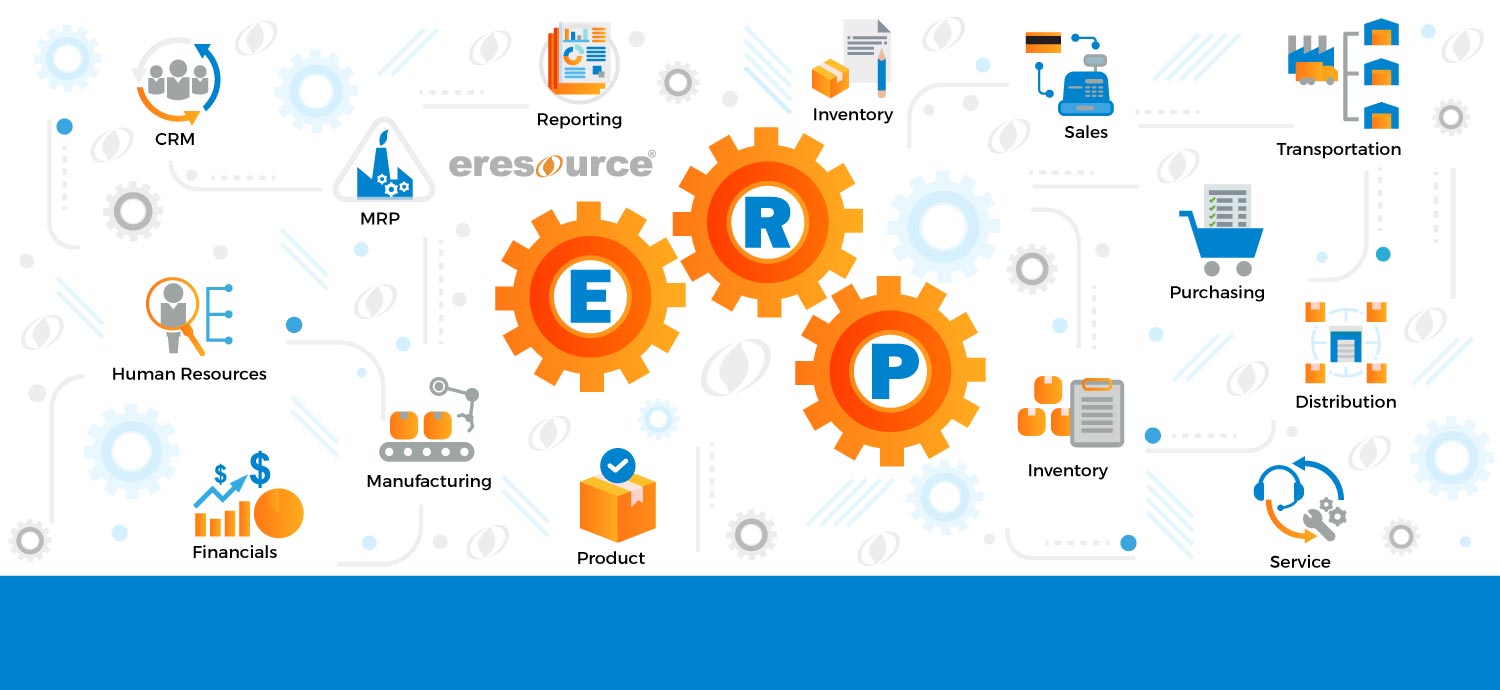Ways to Ensure ERP success:
In our last article we have discussed what makes a business grow. It was explained in details the basic qualities, applications and dedicated efforts are necessary to succeed in a business field. What we would like emphasis in coming series of articles are that just implementing ERP solution won’t make your business grow. To make ERP implementation sensible, we have to consider some other elements along with its focusing styles and then formulate the overall plan of actions. Let us now get to know what the important elements of ERP are and how can ERP be used in a rightful manner that will contribute largely into the growth of an organization. There are five important elements that have been identified and these are analyzed in details in the following articles.
The Client: The first and foremost element
The client is, who suggests focusing on the organization’s main line of business. As ERP implementation is more of business strategy than IT strategy, one has to analyze the key business driver’s specific to the industry and also for the company. It is customary to redefine the business processes with proper synchronization of these drivers along with improved customer interactions. The term ‘customer ‘ includes internal as well as external. The organization must plan for leaving traditional functional set-ups and re-configuring its resources across pull type process set-ups where every transaction has specified supplier, customer, and the activities known in all aspects.
What is happening in most of the Indian companies is that even after adopting ERP, the organization continues with traditional functional style of departmentalization. This is mainly because of the absence of customer driven strategic plan or its incomplete erp implementation. In such set-ups or typically in make-to-stock environment, we find the traditional atmosphere of rivalry between various functional departments. For example, Marketing is the main ‘culprit’ for the production planning inefficiencies because of the dynamic, non-standard requirements which do not make sense.
Also Read – Eresource plays big role in global ERP market
Similarly, production planning department is regarded as the ‘worst’ ever planner by the purchase department. The accounts department is the common enemy of all. Such culture is the outgrowth of the multi-hierarchy organization structure in which cohesive and common language for business performance is missing. The organization is operating with fragmented departmental optimum results and no orientation is observed for the integrated business strategies. ERP completely fails to address such environment the underlying reason being misunderstanding and lack of coordination between different departments. ERP cannot ‘fulfill’ the requirements of these users.
For example, a sudden change in released marketing plan without consent of planning and purchase will create complete nervousness in the organization. Also, the targets given to purchase will conflict with production and maintenance targets. Such local optimum objectives lead to overall fragmentation and under utilization of organizational resources.
ERP never supports these practices and the corresponding deviation between the Sucessfull ERP software concept and the organization practice will make ERP a costlier affair for the organization. If the client is not able to switch over to lean products and still wishes to eliminate these problems, then S&OP (Sales and Operations Planning – will discussed in details later) must be followed sincerely. It is the only way out for the Indian companies to improve their existing ERP performance.
A few organizations already started this, but it should become a general feature across all sectors. The main idea of SOP is to collaborate internally and find out workable and naturally optimistic plans for particular planning horizons. Participating regularly in such meetings will boost the morale of participants for driving ERP towards success. An important point to be noted here is that this recommendation is applicable to each and every industrial sector including manufacturing and service.
Also Read – Major benefits of ERP in production planning
Categories
Register for Free Demo!
Recent Post
-

eresource ERP 360 - an
11th Apr 2019 -

A competitive ERP system for
17th Apr 2019 -

Auto components manufacturing industry has
17th Apr 2019 -

Make the best use of
17th Apr 2019






